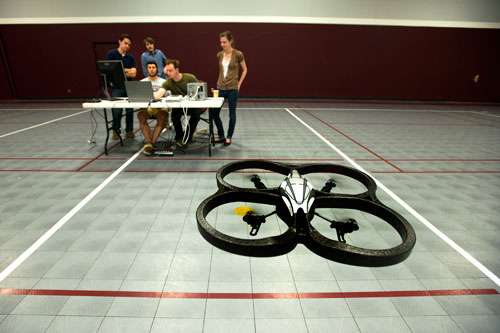Eliciting brain plasticity to keep the body moving

With support from the National Science Foundation's (NSF) Emerging Frontiers of Research and Innovation (EFRI) program, bioengineer Gert Cauwenberghs, of the Jacobs School of Engineering and the Institute for Neural Computation at the University of California (UC), San Diego, and his colleagues are working to understand how brain circuitry controls how we move. The goal is to develop new technologies to help patients with Parkinson's disease and other debilitating medical conditions navigate the world on their own.
"Parkinson's disease is not just about one location in the brain that's impaired. It's the whole body. We look at the problems in a very holistic way, combine science and clinical aspects with engineering approaches for technology," explains Cauwenberghs. "We're using advanced technology, but in a means that is more proactive in helping the brain to get around some of its problems—in this case, Parkinson's disease—by working with the brain's natural plasticity, in wiring connections between neurons in different ways."
Outcomes of this research are contributing to the system-level understanding of human-machine interactions, and motor learning and control in real world environments for humans, and are leading to the development of a new generation of wireless brain and body activity sensors and adaptive prosthetics devices. Besides advancing our knowledge of human-machine interactions and stimulating the engineering of new brain/body sensors and actuators, the work is directly influencing diverse areas in which humans are coupled with machines. These include brain-machine interfaces and telemanipulation.


















